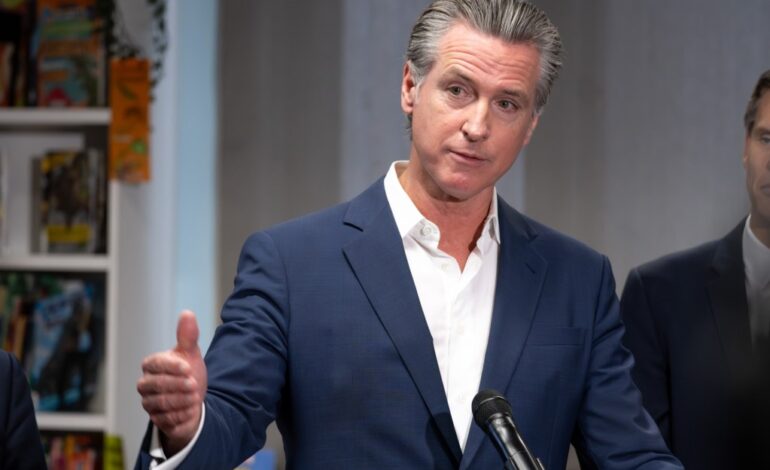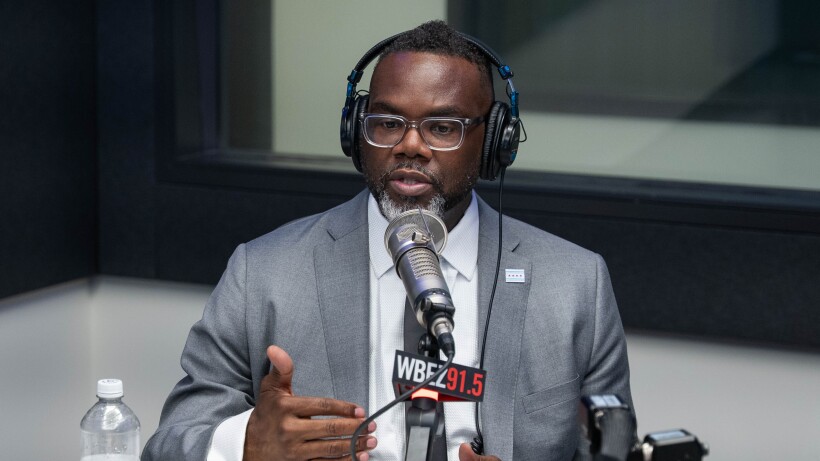Newsom Challenges Trump, Faces Criticism from Democrats

California Governor Gavin Newsom is intensifying his opposition to President Donald Trump, positioning himself as the leading voice for Democrats as the 2028 election approaches. However, his confrontational tactics have sparked criticism from within his own party, raising questions about his priorities and political strategy.
Newsom’s recent actions, including the deployment of the National Guard in Los Angeles last June, indicate a shift from the traditional Democratic approach to a more aggressive stance reminiscent of Trump. Most notably, he urged the University of Southern California to reject a proposal from Trump that would offer federal grants in exchange for changes to admissions and hiring policies. Newsom threatened to withdraw state funding from any California schools that accepted the deal, a move that highlights his willingness to emulate Trump’s combative style.
In addition to his university stance, Newsom has also taken a strong position during the ongoing government shutdown. He called on Congressional Democrats to resist compromises with Republicans, asserting, “You take Donald Trump on his word? Come on. No one is that naive.” While he has no direct involvement in the shutdown, Newsom’s rhetoric aims to bolster his image as a fighter for the Democratic agenda, distancing himself from the blame associated with the political impasse.
Critics, including San Jose Mayor Matt Mahan, argue that Newsom’s focus on national issues detracts from pressing local matters. Mahan commented, “I would like to see our governor be laser focused on addressing the basics.” He expressed concerns that Newsom’s approach risks devolving into “pure rhetoric” rather than effective governance.
As Newsom’s national profile rises, his tactics have drawn both support and skepticism within the Democratic party. While some liberal voters appreciate his assertiveness, others worry that his style mirrors that of Trump, potentially alienating moderate voters crucial for a successful campaign in 2028. The challenge for Newsom lies in balancing the need to oppose Trump while delivering tangible results for constituents.
The stakes are high for Newsom as he navigates this political landscape. If he can maintain his opposition to Trump without adopting a similar persona, he may secure a prominent place on the Democratic ticket in 2028. Conversely, if his strategy leads to further division within the party or a perception of him as a liability, his presidential ambitions could falter.
In summary, Newsom’s current trajectory reflects a calculated risk as he seeks to solidify his position as a national leader for Democrats. By embracing confrontation, he aims to rally support, yet he must remain mindful of the implications that come with such a strategy, particularly in terms of his standing among voters outside California.






